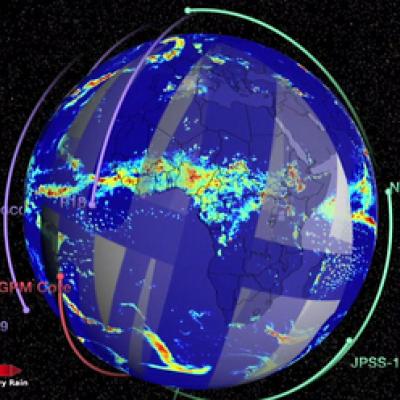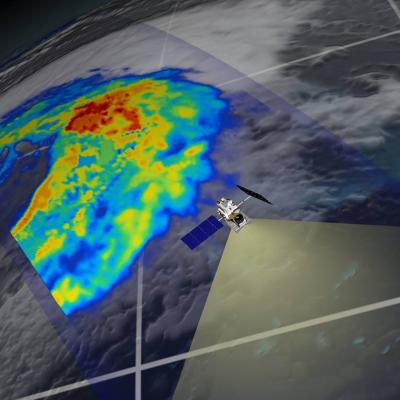GMI Production Halted for Deep Space Calibration
On December 8, 2014 and December 10, 2014 the GPM MOC will conduct deep space calibrations maneuvers that will assist in physically verifying GMI calibration changes and also help in further characterization of the GMI instrument itself. Special processing is required for the data collected during the DSC. Therefore, PPS production of Standard GMI products will be halted on Dec 8 at 20:30 UTC. Processing will resume during normal business hours on Dec 9. On December 10, the maneuver is scheduled to begin at 12:00 UTC. Depending on the arrival of the DSC data processing may again be halted



